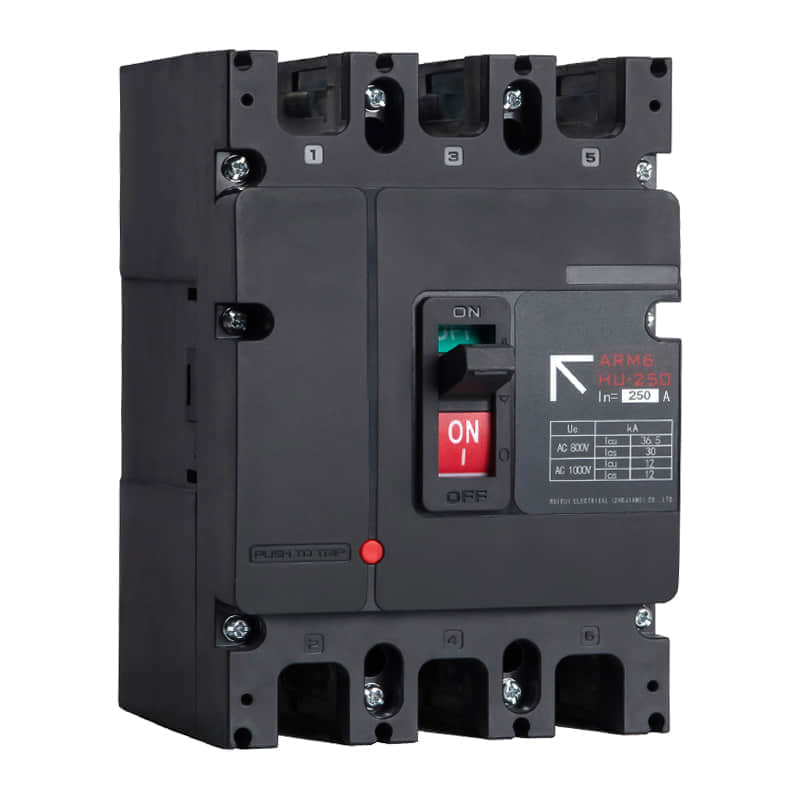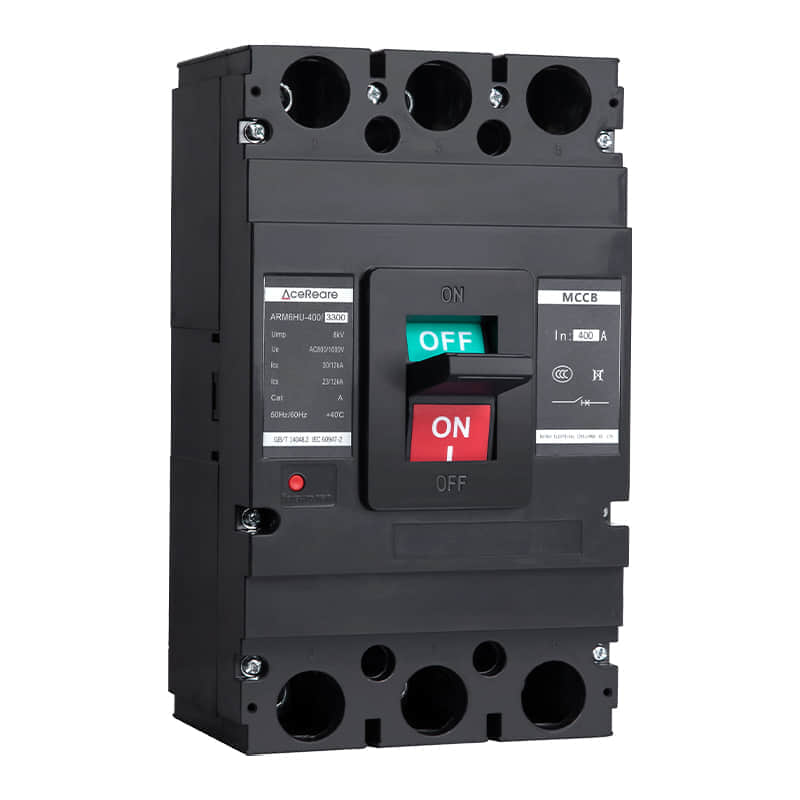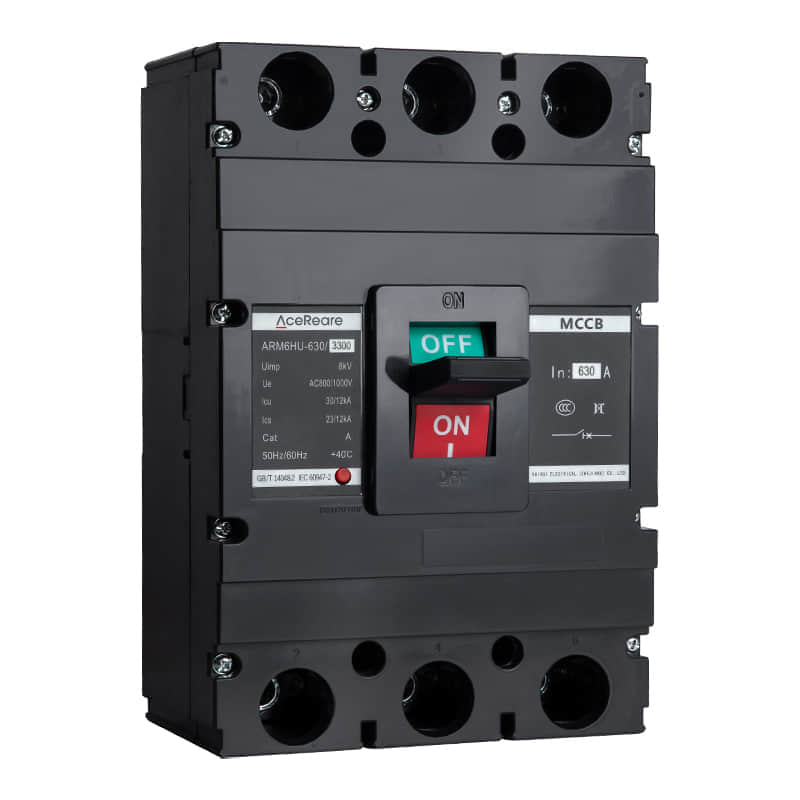In the realm of electrical engineering, ensuring safety and efficient power distribution is of paramount importance. Among the many components that contribute to this goal, the Molded Case Switch (MCS) stands out as a critical device. With its ability to control and protect electrical circuits, the MCS plays a vital role in various industrial, commercial, and residential applications.

Introduction to Molded Case Switches

Molded Case Switches, often referred to as MCCBs (Molded Case Circuit Breakers), are electromechanical devices designed to protect electrical circuits from overcurrent and short circuits. These switches are housed in a robust molded case made of insulating materials, providing an enclosure that prevents accidental contact with live parts, thus enhancing safety. The MCS combines switching and circuit protection in a single unit, simplifying installation and maintenance processes. Key Features and Components Molded Case Switches come equipped with several key features and components that contribute to their effectiveness. The core components include: Current Sensing Mechanism: MCS units are equipped with current sensing elements that detect overcurrent conditions. When the current exceeds a predefined threshold, the switch trips to interrupt the circuit, preventing potential damage or hazards. Thermal and Magnetic Trip Units: The trip mechanism often comprises both thermal and magnetic elements. The thermal unit responds to sustained overcurrent conditions, while the magnetic unit reacts to high-current surges associated with short circuits. Adjustable Settings: Advanced MCS models allow for adjusting the tripping settings, offering flexibility in catering to different applications and load requirements. Operating Mechanism: The operating mechanism enables manual control of the switch. It includes a handle or an actuator that can be toggled to turn the switch on or off. Trip Indicators: Many MCS units are equipped with visual indicators that show whether the switch has tripped due to overcurrent or a short circuit. This aids in diagnosing issues and facilitating quick restoration. Applications of Molded Case Switches Molded Case Switches find applications across various sectors due to their versatility and reliability: Industrial Sector: In industrial setups, MCS units are used to protect machinery, motors, and equipment from electrical faults. They play a crucial role in preventing production downtimes and maintaining a safe working environment. Commercial Buildings: In commercial buildings, these switches serve as primary circuit protection devices for lighting, HVAC systems, and power distribution boards. Residential Installations: In homes, MCS units provide protection for appliances, outlets, and residential electrical systems, guarding against potential fire hazards. Renewable Energy Systems: In solar and wind energy installations, MCS units ensure the safe connection and protection of inverters, panels, and other critical components. Advantages of Molded Case Switches The adoption of Molded Case Switches offers several advantages: Enhanced Safety: The robust casing and integrated protection mechanisms prevent electrical hazards, reducing the risk of electrical shocks and fires. Reliability: MCS units are designed for durability and consistent performance, enhancing the reliability of electrical systems. Ease of Installation and Maintenance: The compact design and all-in-one functionality simplify installation and maintenance processes, saving time and resources. Customization: Adjustable trip settings and various sizes allow for tailoring the switches to specific application requirements. Conclusion Molded Case Switches are an indispensable component of modern electrical systems. Their ability to safeguard against overcurrent and short circuit events while promoting operational efficiency makes them a cornerstone of electrical safety. Whether in industrial, commercial, or residential settings, the Molded Case Switch continues to play a pivotal role in ensuring the reliability and safety of electrical infrastructure.
